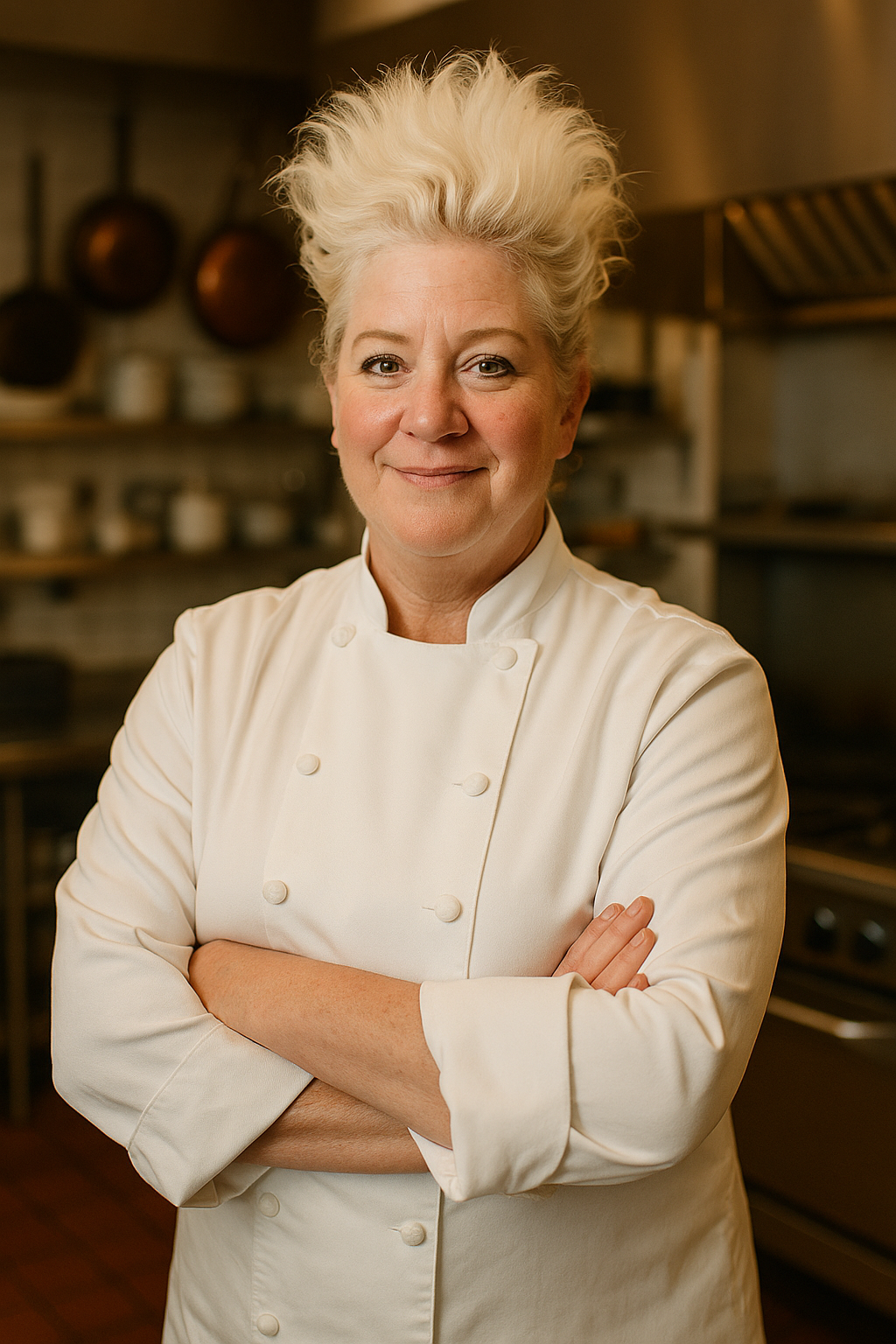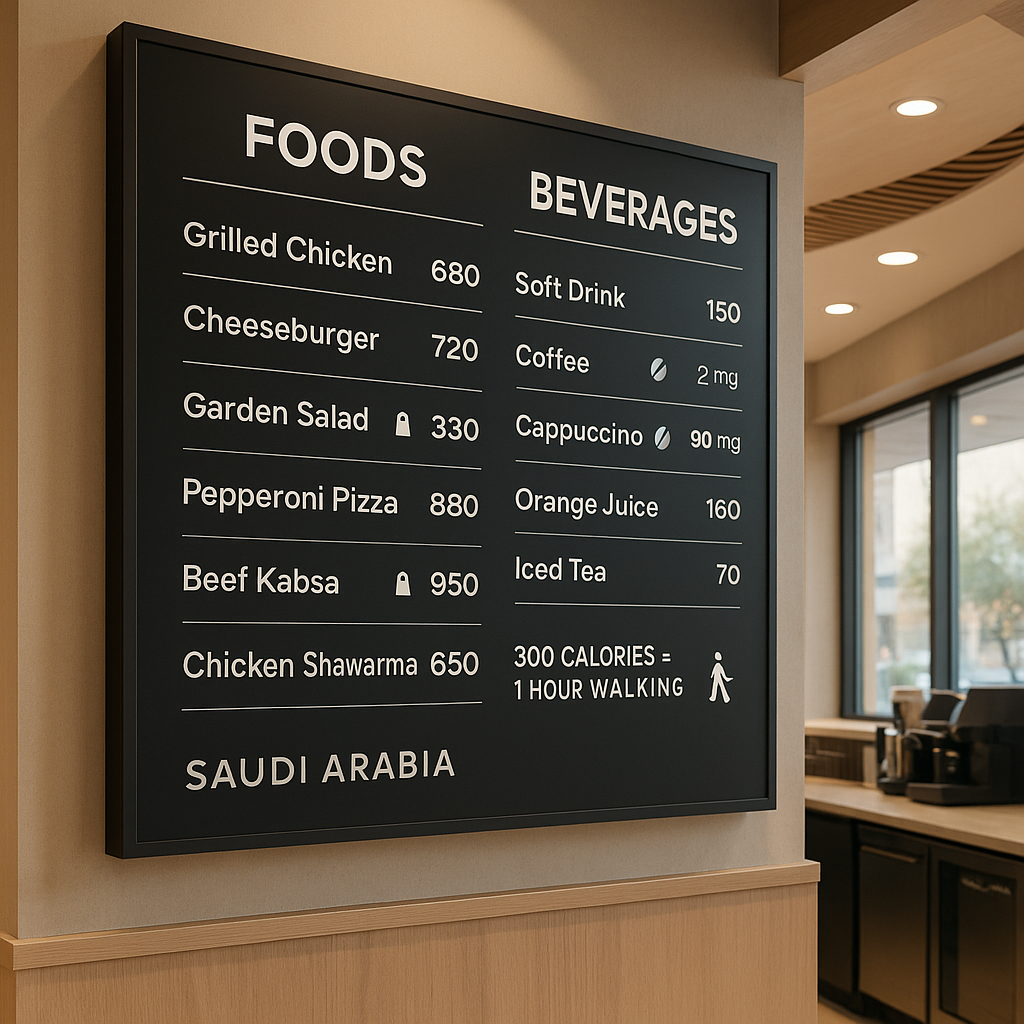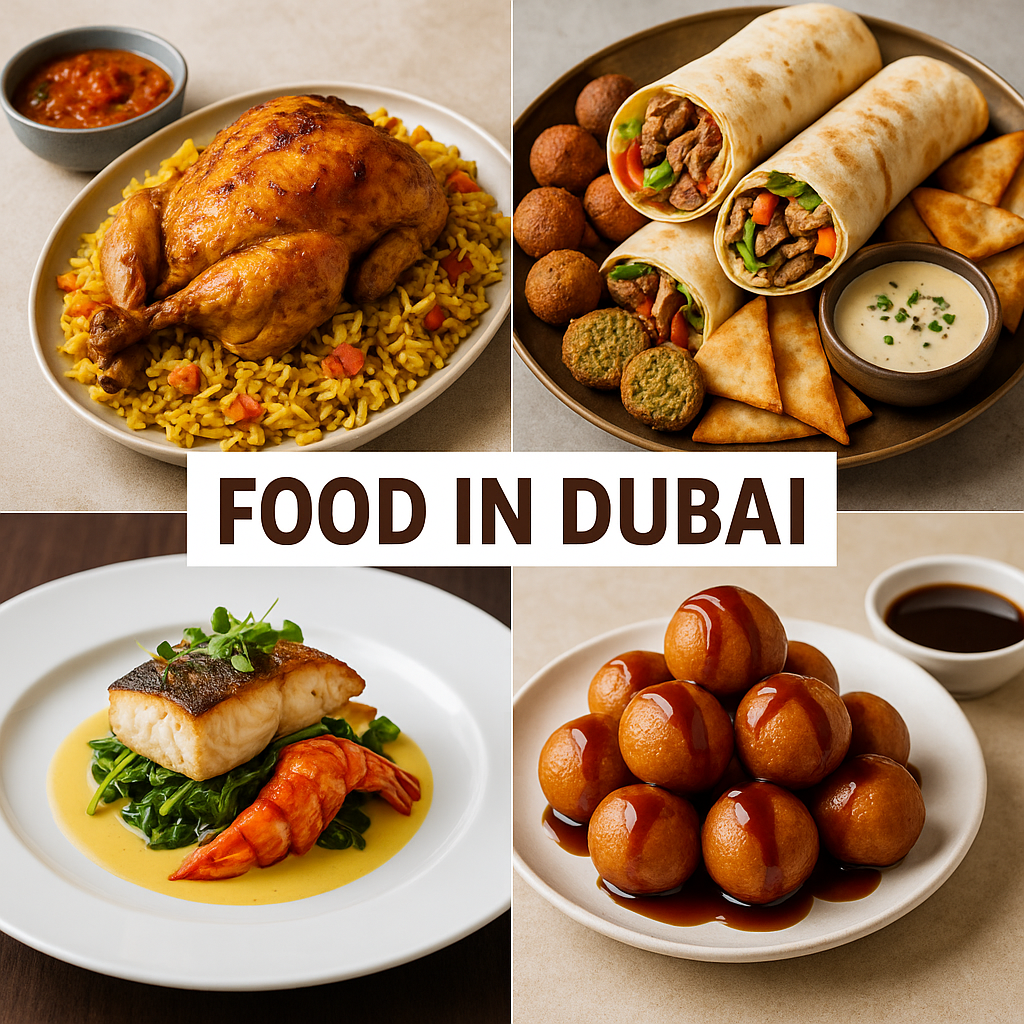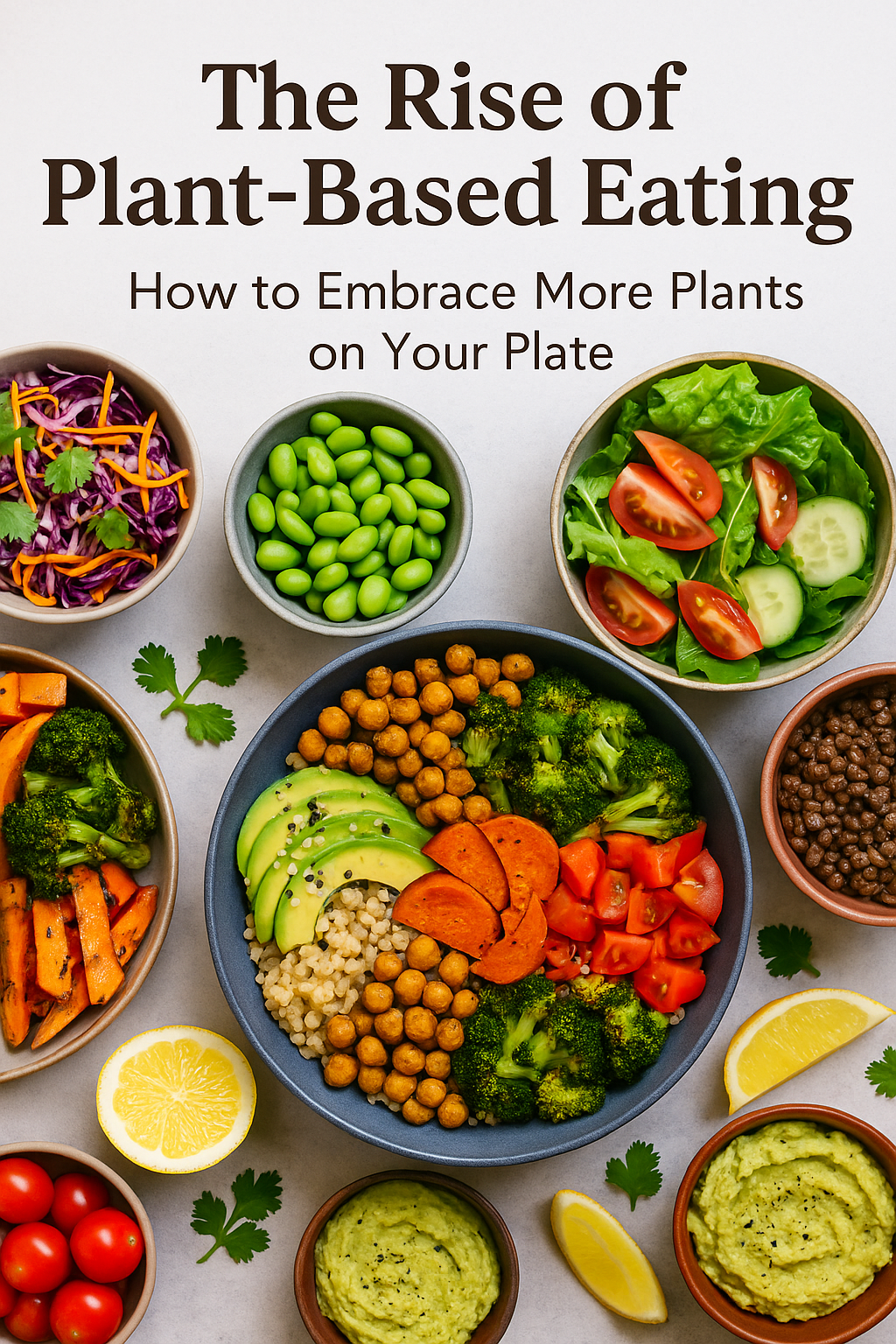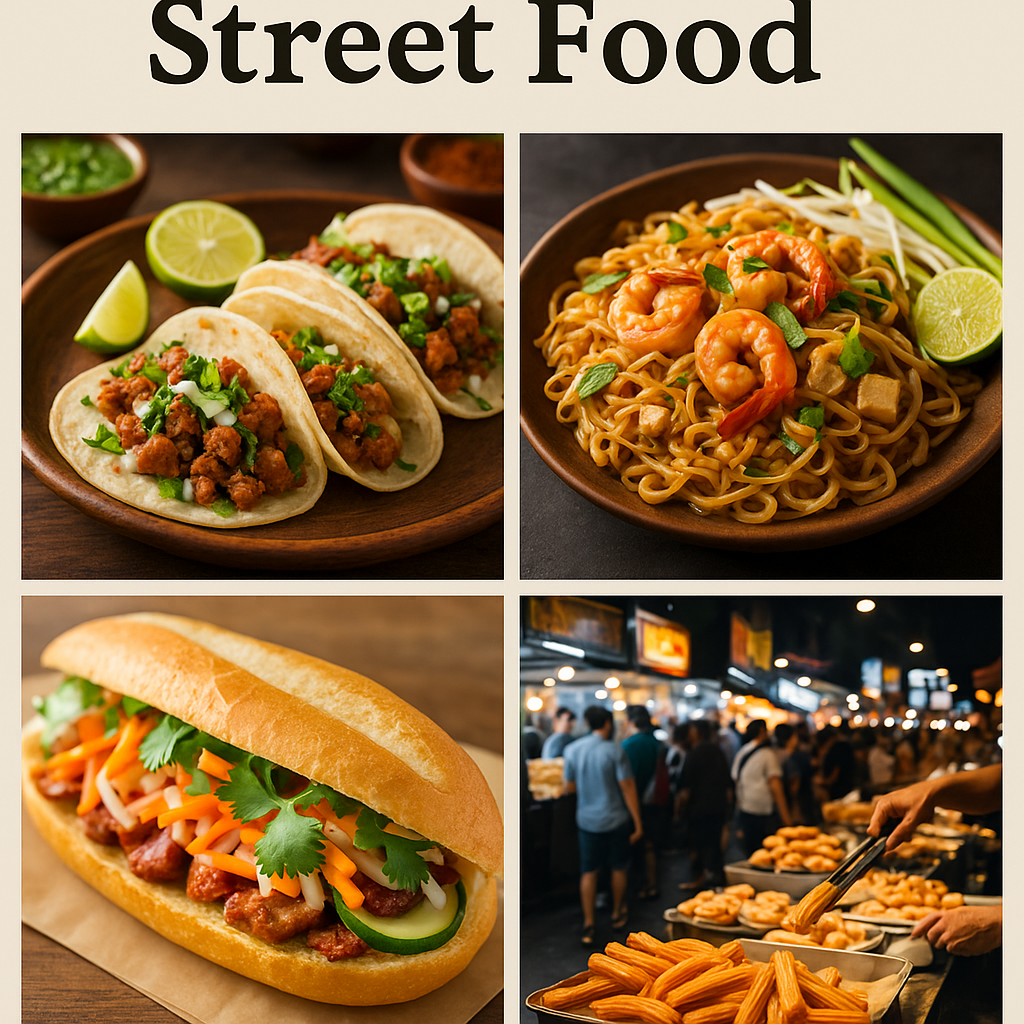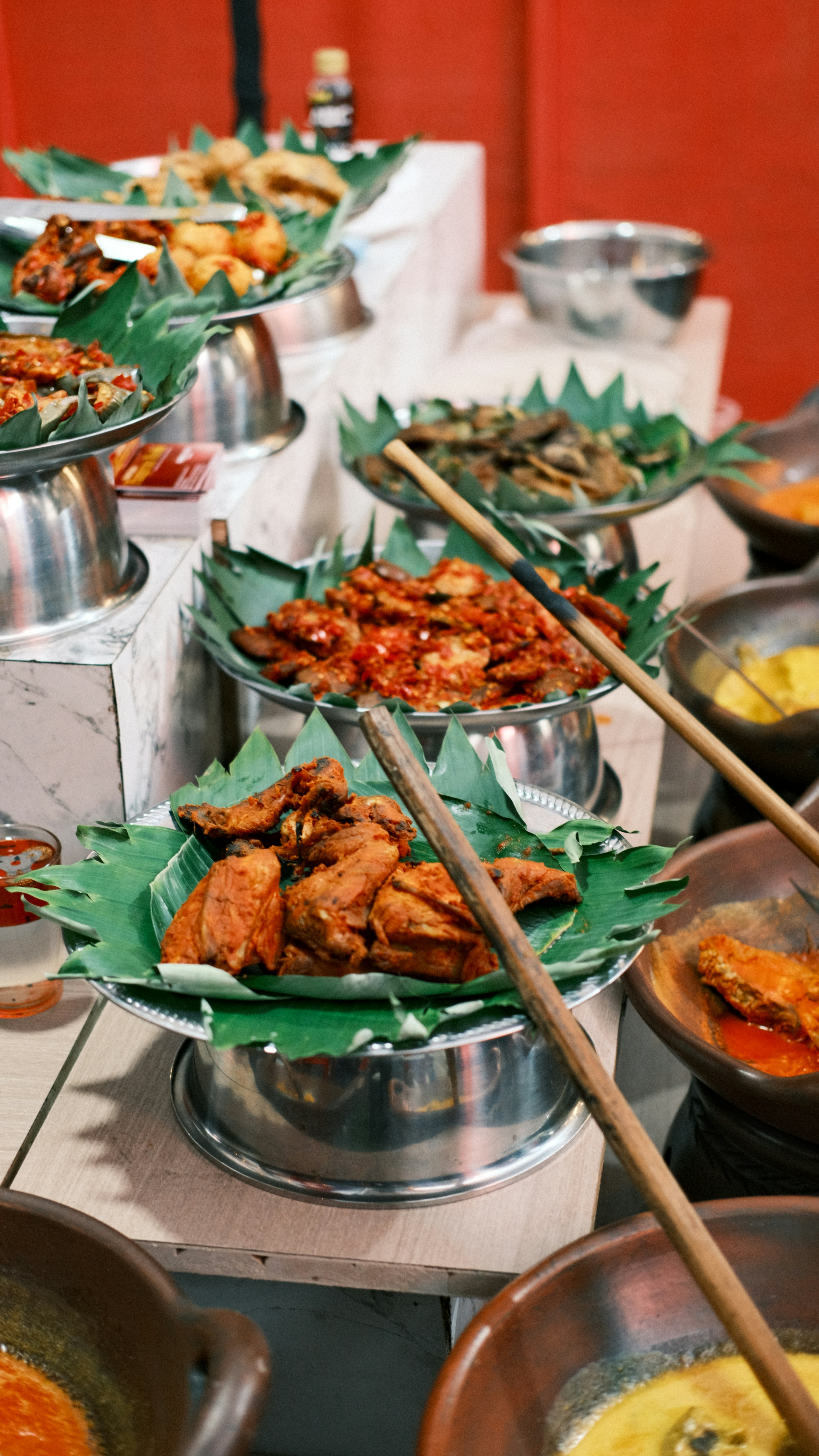
Introduction to Kerala Cuisine
Kerala, often referred to as “God’s Own Country,” is a state located on the southwestern coast of India, renowned for its stunning landscapes, rich biodiversity, and vibrant culture. The culinary heritage of Kerala is an extraordinary amalgamation of flavors, ingredients, and traditions, shaped over the centuries by geographic features, trade, and cultural exchanges. The state’s long coastline allows for an abundant supply of fresh seafood, while the fertile plains and hill regions foster a diverse array of agricultural produce, contributing significantly to its unique cuisine.
The cuisine of Kerala is characterized by its use of an impressive assortment of spices, many of which are indigenous to the region. Spices such as black pepper, cardamom, and cinnamon play a pivotal role in the flavor profiles of traditional dishes. Additionally, coconut—whether in the form of grated, oil, or milk—is a staple ingredient, adding a rich creaminess that is quintessential to Kerala’s culinary identity. The unique blending of these spices and ingredients results in dishes that are aromatic, flavorful, and often spicy, yet balanced by a subtle sweetness.
Furthermore, Kerala’s cultural diversity significantly influences its cuisine. With a history of trade with various civilizations and influx of different communities—including Arabs, Chinese, Portuguese, and Dutch—the food reflects an exchange of traditions and cooking techniques. Each community has left its mark, enhancing the culinary landscape with dishes like the iconic Kerala Sadya, a traditional feast that features a plethora of vegetarian dishes served on a banana leaf, showcasing the state’s emphasis on vegetarianism rooted in religious practices.
As we embark on this culinary journey through Kerala, we will delve deeper into its traditional dishes, cooking techniques, and the exquisite flavors that define this vibrant cuisine, inviting readers to experience the essence of a culture deeply connected to its land and heritage.
The Role of Spices in Kerala’s Food
Spices play a pivotal role in the culinary landscape of Kerala, also known as “God’s Own Country.” Characterized by its diverse flavors, the cuisine of this southern Indian state heavily relies on a variety of spices, which not only enhance taste but also impart health benefits. Among the commonly used spices are cardamom, pepper, and cinnamon, all of which contribute significantly to the unique flavor profile of Kerala’s dishes.
Cardamom, often referred to as the “queen of spices,” adds a fragrant and slightly sweet flavor to both savory and sweet dishes. It is widely used in traditional Kerala curries, biryanis, and desserts. The spice also finds its way into the locally consumed chai, making it an integral part of Kerala’s tea culture. Black pepper, known as the “king of spices,” has a long history in Kerala, which was once a major hub for spice trade. Its robust flavor is a hallmark of many dishes, and its medicinal properties are appreciated in Ayurveda, the traditional Indian system of medicine.
Another spice, cinnamon, is not only a flavoring agent but also aids in digestion and has anti-inflammatory properties. It is commonly used in Kerala’s biryanis and sweet dishes. The historical significance of spices in Kerala cannot be overstated; the state’s strategic location along ancient trade routes made it a focal point for spice merchants from various parts of the world. This interaction has deeply influenced local culinary practices and has enriched the palate of its inhabitants over centuries. As a result, the spices found in Kerala’s cuisine are a testament to its rich cultural heritage and a vibrant culinary tradition that continues to evolve while staying deeply rooted in its origins.
Traditional Kerala Dishes You Must Try
Kerala, often celebrated for its breathtaking landscapes, is equally renowned for its rich culinary heritage. Among the plethora of traditional dishes that characterize this coastal region, several stand out as must-tries. One such dish is Appam, a type of pancake made from fermented rice batter and coconut milk. Its soft and fluffy center contrasts beautifully with its crisp edges, making it an ideal accompaniment to savory curries or enjoyed on its own with a dose of sweetened coconut milk.
Another quintessential dish of Kerala is the Dosa, a thin, crispy crepe made from a fermented batter of rice and urad dal. Traditionally, it is served with various chutneys and sambar, a flavorful lentil soup. This dish is not just a breakfast option but has transcended into popular dining, reflecting the versatility of Kerala’s flavors.
The Sadhya is a traditional feast that showcases the essence of Kerala’s vegetarian cuisine. Typically served on a banana leaf during festivals and special occasions, this elaborate meal includes a variety of dishes—rice, curries, chutneys, pickles, and desserts like payasam. Each component adds a layer of flavor, celebrating the region’s agricultural bounty and the significance of sharing food with loved ones.
No exploration of Kerala’s culinary landscape would be complete without mentioning the Malabar Biriyani. This fragrant rice dish is infused with aromatic spices and tender marinated meat, often chicken or mutton. Its distinct layering technique and cooking method give it a unique taste that reflects the influence of Arabian cuisine in the Malabar region. This biriyani is not just a meal but a culinary experience that encapsulates the cultural diversity of Kerala.
These traditional dishes—Appam, Dosa, Sadhya, and Malabar Biriyani—are deeply embedded in the cultural fabric of Kerala, inviting both locals and visitors to indulge in the rich flavors of God’s Own Country.
Vegetarian Delights: Exploring Sadhya
The Sadhya is a quintessential representation of Kerala’s culinary diversity, particularly its vegetarian offerings. This traditional feast, usually served on a banana leaf, is an elaborate meal that consists of various dishes, each carefully prepared to highlight the flavors and traditions of the region. Historically, Sadhya is served during festivals, weddings, and special occasions, making it a vital aspect of Kerala’s culture.
A typical Sadhya includes an array of dishes, often numbering between 12 to 20, that showcase the rich ingredients available in the area. The primary elements usually include rice, which serves as the central component, accompanied by an assortment of vegetable curries, pickles, and chutneys, each with its unique preparation method. Some commonly featured dishes are Avial, a mixed vegetable curry cooked with yogurt and coconut; Thoran, a dry stir-fry of vegetables with grated coconut; and Olan, a subtle, mildly flavored dish made of pumpkin and coconut milk.
Preparation of Sadhya is an intricate process that involves not only the cooking of individual components but also the art of assembly. Each dish is prepared with fresh, locally sourced ingredients that contribute to the meal’s freshness and flavor. The use of spices such as turmeric, cumin, and mustard seeds enhances the overall taste profile while maintaining the healthful vegetarian aspect of the meal. The efficiency of timing is crucial, ensuring that everything is served hot and in a specific order during the meal, which is often seen as a ceremonial experience.
Beyond sustenance, Sadhya emerges as a cultural statement, symbolizing unity, celebration, and abundance. Each dish carries its significance, and together they portray the essence of Kerala’s vegetarian cuisine. This culinary tradition continues to thrive, reflecting the values of sharing and community in God’s Own Country.
Seafood Extravaganza: Kerala’s Coastal Flavors
Kerala, often referred to as God’s Own Country, is renowned for its diverse and rich culinary heritage, largely influenced by its extensive coastline. The state’s coast, stretching over 600 kilometers along the Arabian Sea, serves as both a fertile ground for various aquatic species and a cultural melting pot where seafood is an integral part of daily life. Among the myriad seafood dishes that Kerala offers, Karimeen Pollichathu and Fish Curry stand out as exemplary representations of the region’s coastal flavors.
Karimeen Pollichathu, or Pearl Spot Fish baked in banana leaves, showcases the traditional cooking techniques of Kerala. The fish is marinated in a blend of spices such as turmeric, chili powder, and coriander, ensuring that each bite is imbued with vibrant flavors. It is then carefully wrapped in banana leaves, which impart a subtle aroma and tenderness during the cooking process. This dish is not only a culinary delight but also a testament to the emphasis on using fresh, local ingredients, which is a hallmark of Kerala’s approach to seafood.
Similarly, Kerala’s Fish Curry is another iconic dish that epitomizes the region’s use of local seafood. Typically prepared using a variety of fish such as kingfish or sardines, this curry is characterized by its tangy flavor profile, thanks to the use of tamarind and coconut milk. The inclusion of ingredients like curry leaves, mustard seeds, and red chilies further enhances its depth and allure. This dish is often enjoyed with steamed rice, allowing diners to savor the aromatic spices in every mouthful.
The seafood offerings in Kerala are not only a reflection of the region’s abundant marine resources but also a representation of the local culture and culinary traditions that have been passed down through generations. The dedication to fresh, local seafood is evident in the popularity of these dishes, making Kerala a destination for food lovers seeking a true taste of coastal cuisine.
Street Food Culture: A Flavorful Experience
Kerala’s street food culture is a colorful tapestry of flavors, aromas, and experiences, reflective of the state’s diverse culinary heritage. As one strolls through the bustling streets of cities like Kochi, Thiruvananthapuram, and Kozhikode, it becomes apparent that street food is not just a meal; it is an integral part of daily life and social interaction in Kerala.
One of the most popular street food items is porotta, a flaky layered flatbread that is typically served with a variety of curries. The soft, delicate texture of porotta complements its accompanying dishes such as kadala curry, made with black chickpeas simmered in a rich coconut sauce. This combination is beloved by both locals and visitors, exemplifying the harmonious balance between simplicity and flavor that characterizes Kerala’s street food offerings.
Another delectable treat is pazhampori, a deep-fried snack made from ripe bananas coated in a light batter. Exemplifying the blend of sweet and savory, pazhampori is synonymous with rainy evenings, where locals can be found gathered at street stalls, sharing stories over warm, crispy bites. Vendors often set up their stalls near popular hangout spots, attracting people with the enticing smells of freshly prepared food.
The ambiance of these street food stalls is vibrant and inviting, filled with laughter and chatter as customers savor their meals. Interaction with local vendors also adds to the experience, as they passionately share the stories behind their dishes and the ingredients that make each item unique. This unique interaction not only fosters a sense of community but also allows visitors to engage in the authentic culinary traditions of Kerala.
In India, street food serves as a cultural bridge that brings people together, and in Kerala, it offers a flavorful experience steeped in local tradition and flavor.
The Influence of Festivals on Kerala Cuisine
The culinary landscape of Kerala is profoundly shaped by its rich tapestry of festivals, each contributing uniquely to the state’s diverse gastronomic heritage. Festivals such as Onam and Vishu are not only significant cultural events but also pivotal occasions for showcasing the flavors and ingredients that are emblematic of Kerala’s cuisine. During these celebrations, the food prepared reflects the region’s agricultural bounty, local customs, and communal unity.
Onam, heralded as the harvest festival, is perhaps the most notable of Kerala’s celebrations. It is during this time that the traditional Onam Sadhya, a grand feast served on a banana leaf, takes center stage. This elaborate meal typically comprises numerous vegetarian dishes, including curries, rice, pickles, and payasam, a type of sweet dessert. Each component of the Sadhya symbolizes abundance and gratitude, making it not just a meal but a heartfelt expression of the community spirit. The culinary practices surrounding Onam highlight the use of seasonal and locally sourced ingredients, reflecting the connection between the land and its people.
<psimilarly, a="" among="" and="" are="" as="" aspirations.="" beginning="" celebrated="" commonly="" connecting="" cuisine="" culinary="" cultural="" curry,="" dishes="" dishes.="" during="" each="" essence,="" features="" festival="" festivals="" food="" history,="" how="" illustrating="" in="" includes="" influence="" intertwined="" is="" joy,="" kani,="" kerala="" kootu="" lentils="" malayalam="" marks="" meal="" medium,="" mix="" new="" of="" often="" on="" other.Preserving Tradition: The Art of Cooking Kerala Food
The culinary heritage of Kerala is deeply rooted in its culture, influenced by the region’s diverse landscape, climate, and historical interactions with various communities. Traditional cooking techniques in Kerala are not merely methods but are considered an art form, passed down through generations. These methods emphasize balance, harmony, and the use of fresh, locally sourced ingredients, ensuring that each dish reflects the rich tapestry of flavors unique to this part of India.
One of the most significant aspects of Kerala’s traditional cuisine is the use of coconut in various forms—grated, oil, or milk. This staple ingredient plays a pivotal role in enhancing the taste and texture of many dishes. Alongside coconut, the generous use of spices like black pepper, cardamom, and cloves adds depth to the cuisine, marking it as distinctively flavorful. These spices not only enhance the taste but also serve various health benefits, showcasing the wisdom of traditional cooking practices.
Family recipes, often guarded closely, carry stories of heritage and personal connections, creating a rich narrative around each dish. For instance, the preparation of Kerala Sadya—a traditional feast served on a banana leaf—is a culinary event in itself. This elaborate meal consists of an array of vegetarian dishes, each prepared using traditional methods that highlight seasonal ingredients. The expertise involved in crafting such a feast reflects the community’s shared knowledge and the importance placed on cooking as an act of love and celebration.
Preserving these traditional cooking techniques is paramount in ensuring that the essence of Kerala cuisine endures amid rapid modernization. Culinary schools and home cooks alike are increasingly recognizing the value of these practices, striving to pass them on to future generations. This dedication not only keeps the culinary arts alive but also fosters a sense of identity and belonging among the people of Kerala. As we explore the flavors of God’s Own Country, it is essential to appreciate and uphold the art of traditional cooking that continues to define its culinary landscape.
Conclusion
As we conclude our exploration of the rich culinary heritage of Kerala, it is imperative to reflect on the diverse flavors and traditions that define this region’s esteemed cuisine. Kerala, often referred to as “God’s Own Country,” is not merely a destination for picturesque landscapes and serene backwaters, but it is also a treasure trove of unique culinary experiences that encapsulate the essence of its culture and history.
The food culture of Kerala is characterized by an intricate blend of spices, fresh ingredients, and traditional cooking techniques, which have been passed down through generations. From the fragrant curries to the iconic seafood dishes, every meal tells a story, drawing on influences from neighboring regions and centuries of trade. Dishes such as the famous Kerala Sadya, served during festive occasions, showcase an array of flavors, highlighting the region’s emphasis on plant-based ingredients and traditional recipes.
The unique flavors of Kerala’s cuisine extend beyond mere ingredients; they are deeply rooted in the customs and practices of the people. Festivals and communal gatherings often revolve around food, promoting a sense of togetherness that is central to the Kerala way of life. This rich tapestry of culinary practices not only nourishes the body but also strengthens cultural bonds.
For those eager to experience the rich flavors of Kerala for themselves, the journey into its culinary landscape is filled with opportunities for exploration. Whether through sampling street food in bustling markets, dining at family-owned eateries, or participating in traditional cooking classes, there is an invitation for everyone to immerse themselves in this vibrant food culture. It is an experience that promises not only to satisfy the palate but also to foster a deeper understanding of the community that has cultivated these treasured recipes over time.
